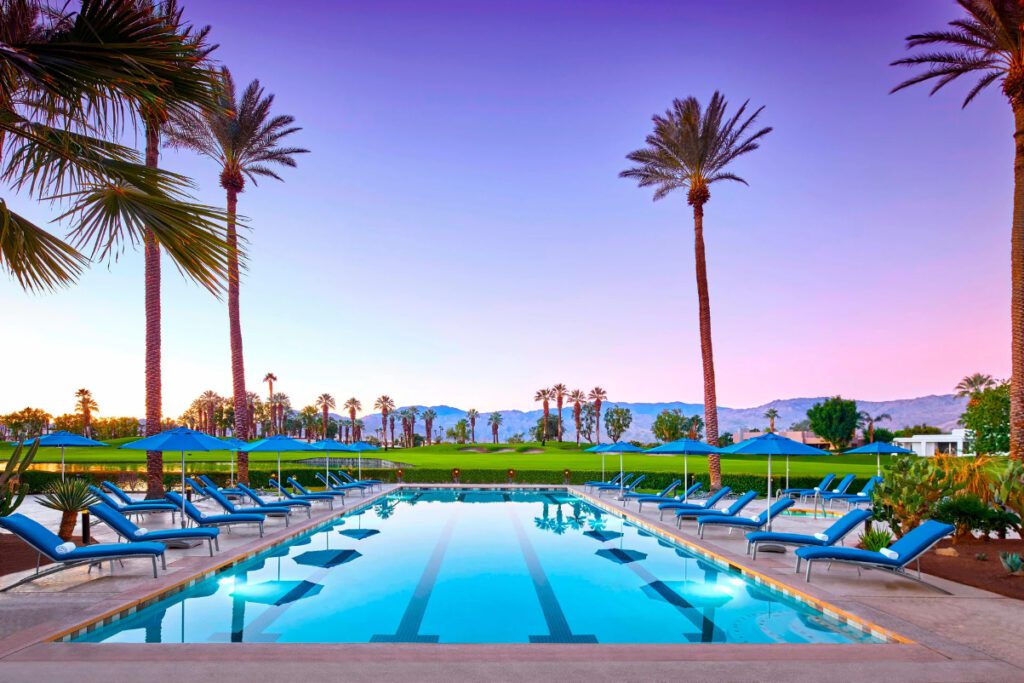
Skift Take
Lower interest rates could jumpstart transactions and development next year, but the industry isn’t out of the woods yet.
Hotel industry leaders gathered at The Lodging Conference in Scottsdale, Arizona, last week to discuss emerging trends in the hotel market.
Here are the key takeaways from the world’s largest hotel finance and development event.
1. Economic Outlook: Guardedly Positive
- The general consensus of executives was that the Fed’s recent interest rate cut will boost enthusiasm for U.S. hotel development in 2025. However, executives cautioned that rates will likely remain higher than the average since 2008.
- “The [Federal Reserve’s interest rate cut of] 50 basis points was great, but it doesn’t change the IRR [internal rate of return] math that much,” said Kevin Davis, Americas CEO, JLL Hotels & Hospitality Group. “Yet it certainly changes the psychology.”
- Many expect another 50-100 basis points of Fed easing over the next 6 to 8 months, potentially sparking more deals.
- Some buyers may adjust expectations that interest rates aren’t likely to return to previous lows and begin to accept offers they’ve recently been hesitant about.
- Example: Vision Hospitality CEO Mitch Patel said his company has built more than 60 hotels over the years and has another dozen under development, with five under construction. Patel liked how there’s been below-average supply growth for the past several years, which should help support hotel rates for several years.
2. Deals Poised for Comeback
- Executives said money has been sitting on the sidelines waiting for attractive deals. Some time-limited funds will have to return that money to investors. Those deadlines may create an incentive for funds to seek deals.
- According to Marcus & Millichap Research Services and Preqin, about $140 billion in “dry powder,” or pent-up capital, is awaiting investment in North American real estate. That’s above the amount of money in closed-end funds available in the early 2010s.
- Many asset owners face maturing debt. Rather than get loans at now-higher interest rates, they may choose to sell their hotels.
3. Luxury Hotels Are Booming
- On the demand side, there’s an “insatiable demand” from consumers, especially younger, self-made wealthy individuals, said Erin Green, vice president of development and acquisitions at Auberge Resorts Collection.
- Global wealth will increase by about a third by 2027, creating more customers seeking luxury hotels, said Jenna Jacobson, vice president of luxury and mixed-use development at Marriott International.
- On the supply side, investors, including real-estate investment trusts, show an increased appetite for luxury assets, sometimes as trophies to show off to friends or as passion projects to reflect their values in a local community.
- Expect to see conversions of many properties rather than new-build construction. The cost today to build a brand-new hotel might be between $250,000 and $300,000 a guestroom, while converting a 25-year-old hotel may cost $80,000 a guestroom to buy and about $45,000 a key to update, said Ben Rosenbaum, managing director of asset management at Starwood Capital Group.
4. Hotels Aimed at the Middle Class Are Also Popular
- “We are still seeing a retreat down into upper midscale and midscale segments, given the current headwinds, meaning that it’s easier to finance a $20 million project than it is a $30 million or $40 million one,” said Jim Tierney, SVP of development at Hyatt, in an interview. “It’s easier to get in the ground fast and get open faster and start making money faster, and we expect interest in select-service hotels to continue next year.”
- According to HotStats, midscale hotels had average profit margins between 40% and 47% from August 2024 to the present, compared to luxury and ultra-luxury hotels, which had average profit margins of 30% to 33%.
5. Labor Remains a Challenge
- Attracting and retaining talent continues to be a major industry opportunity to boost performance and reduce costs from employee churn.
- “You can use AI and technology in a lot of ways to enhance associate experience, make it easier for employees to do their jobs so there’s more job satisfaction,” said Sonesta International Hotels president and CEO John Murray.
- “You’ve seen the low unemployment rate, and it’s one of the toughest markets to find the right talent,” said Arash Azarbarzin, principal & CEO, Highgate. “So one of our biggest areas of focus is on training and retaining our talent. Our turnover is the lowest in the industry because we provide opportunities to grow through mentorship, help with transportation, cross-training of skills, and the ability to go to other parts of the world as part of your career over time.”
Accommodations Sector Stock Index Performance Year-to-Date
What am I looking at? The performance of hotels and short-term rental sector stocks within the ST200. The index includes companies publicly traded across global markets, including international and regional hotel brands, hotel REITs, hotel management companies, alternative accommodations, and timeshares.
The Skift Travel 200 (ST200)Â combines the financial performance of nearly 200 travel companies worth more than a trillion dollars into a single number. See more hotels and short-term rental financial sector performance.
Read the full methodology behind the Skift Travel 200.

